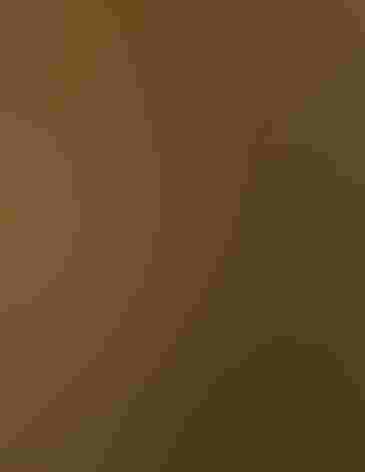Carolina Wren
At a Glance
More brightly colored than most wrens, and with a rich musical song, Carolina Wrens are common in open woods and backyards in the southeast. There they busily explore brushpiles and low tangles. The adults live in pairs all year, and they may 'duet' at any season, with the female giving a chattering note while the male sings. The northern edge of this species' range varies over time: it gradually expands northward during series of mild years, then gets knocked southward again by very severe winters.
All bird guide text and rangemaps adapted from Lives of North American Birds by Kenn Kaufman© 1996, used by permission of Houghton Mifflin Harcourt Publishing Company. All rights reserved.
Category
Perching Birds, Wrens
IUCN Status
Least Concern
Habitat
Fields, Meadows, and Grasslands, Forests and Woodlands, Freshwater Wetlands, Shrublands, Savannas, and Thickets, Urban and Suburban Habitats
Region
Eastern Canada, Florida, Great Lakes, Mid Atlantic, New England, Plains, Southeast, Texas
Behavior
Flitter, Running
Population
19.000.000
Range & Identification
Migration & Range Maps
Permanent resident. May wander north of breeding range, especially in fall.
Description
5 1/2" (14 cm). Richly colored: chestnut above, butterscotch below, with bold white eyebrow. Lacks white tail corners of Bewick's Wren.
Size
About the size of a Sparrow
Color
Black, Brown, Orange, Tan, White
Wing Shape
Rounded
Tail Shape
Rounded, Square-tipped
Songs and Calls
Loud whistled tweedle-tweedle-tweedle or tea-kettle, tea-kettle, tea-kettle tea, sung all day long in all seasons.
Call Pattern
Falling, Flat, Undulating
Call Type
Buzz, Chirp/Chip, Flute, Trill
Habitat
Tangles, undergrowth, suburbs, gardens, towns. Common in the undergrowth of deciduous or mixed woods, and in thickets along forest edges. Also lives in suburban areas, especially where some dense low growth and tangles have been left undisturbed.
Sign up for Audubon's newsletter to learn more about birds like the Carolina Wren
Behavior
Eggs
5-6,, sometimes 4-8. White, with brown blotches usually concentrated at larger end. Incubation is by female only, 12-16 days; male may feed female during incubation.
Young
Both parents bring food for nestlings. Young leave nest about 12-14 days after hatching. 2 broods per year, or 3 in south.
Feeding Behavior
Usually forages in pairs, actively exploring low tangles, foliage, bark of trunks and branches, and the ground. Sometimes comes to bird feeders for suet, peanuts, other items.
Diet
Mostly insects. Feeds primarily on insects of many kinds, especially caterpillars, beetles, true bugs, grasshoppers, crickets, and many others. Also feeds on many spiders, some millipedes and snails. Sometimes catches and eats small lizards or tree frogs. Also eats berries and small fruits, especially in winter, and some seeds.
Nesting
May mate for life. Pairs remain together all year, defending permanent territories; male and female often sing in duet. Nest site is in any kind of cavity, including natural hollows in trees or stumps, old woodpecker holes, crevices among upturned roots of fallen trees, sometimes in middle of brushpile; also in nest boxes, crevices in buildings, on shelf in garage, many other artificial sites. Usually less than 10' above the ground. Nest is bulky mass of twigs, leaves, weeds, with lining of softer material such as moss, grass, animal hair, feathers. A piece of snakeskin is frequently added. Often a domed nest, with entrance on side. Both sexes help build, female adds most of lining.
Conservation
Conservation Status
Populations rise and fall in northern part of range, decreasing after harsh winters. Overall population probably stable, perhaps even expanding.
Climate Threats Facing the Carolina Wren
Choose a temperature scenario below to see which threats will affect this species as warming increases. The same climate change-driven threats that put birds at risk will affect other wildlife and people, too.








